Panier
Close
- No products in the cart.
Sous total (Hors frais de livraison)
0,00€
Payer
Expédition et livraison
Réparation et maintenance
For some years now, wing foil has been a runaway success. We even see more wing than windsurf or kitefoil on our spots.
For those just starting out or taking lessons, it’s easy to wonder (and rightly so) what to choose between this new discipline, a hybrid of several water sports including surfing, and kitesurfing.
To help you decide between these two board sports, we’ve put together this guide that takes into account all the aspects you need to know to make your choice!
If you’ve already been windsurfing (or stand-up paddling), you’ll probably find it easier to get into wingfoil than kitesurfing. Indeed, for balance, because you need to be able to stand on a board right from the start. Handling the kite is also more natural for windsurfers. They can control and position the wing in the same way as their sail, to generate power or climb upwind.
This is a considerable advantage when you look at the first sessions of newcomers, who spend more time walking on the beach to get upwind than sailing. When flying, windsurfing experience also makes it easier for riders to familiarize themselves with the board: hold it flat with the front leg for a smooth takeoff and fly without dropping or stalling the foil, or tilt it for turns.
For complete beginners with no previous experience, it’s probably fair to say that kitesurfing offers a slightly easier progression. Wingfoil can be more frustrating.
There’s a vertical dimension linked to the foil that you have to manage, often even learning to be towed before switching to the wing (which doesn’t generate the same traction as the boat).
You also have to manage several successive accelerations: stand up on the board, let the floor go faster and faster to generate lift, tuck in the wing, the foil takes off and then it’s off at full speed, and you can get scared because the height quickly becomes impressive!
For complete beginners with no previous experience, it’s probably fair to say that kitesurfing offers a slightly easier progression. Wingfoil can be more frustrating.
There’s a vertical dimension linked to the foil that you have to manage, often even learning to be towed before switching to the wing (which doesn’t generate the same traction as the boat).
You also have to manage several successive accelerations: stand up on the board, let the floor go faster and faster to generate lift, tuck in the wing, the foil takes off and then it’s off at full speed, and you can get scared because the height quickly becomes impressive!
In conclusion, kitesurfing is a little easier. Learning to wingfoil requires slightly more finesse and effort than kitesurfing if you’re in the discovery phase, although you’ll be able to tack after a few sessions.
On the other hand, if you already have a good technique in another board sport, such as windfoil or windsurfing, the difference becomes less pronounced: stability will come more naturally to you than in kiting.
kitesurf 01+1 / wing 00
Wingfoil isn’t as quiet as a game of cards either, but the falls are less violent and the sport doesn’t require the same level of physical fitness: it’s less of an arm-twister than other wind sports.
There’s no risk of flying off, because a wing is much less powerful than a kite, there are no lines, and it’s only attached to the body by the wrist.
The main danger lies in falling onto the foil, but one of the main lessons you’ll learn as you launch is to fall away from the foil.
kitesurf 01 / wing 01 +1
The difference lies in the boards, as the wings are inflatable, making them very easy to transport, carry and store.
For a beginner rider, a wingfoil board will be bulkier than a kiteboard, and you’ll have trouble fitting it into a small car. Transporting the board to the water will also be more arduous, as it will inevitably be larger and therefore heavier.
However, wingfoilers can opt for an inflatable board that’s easy to store and transport, even if these boards are less efficient when sailing.
On the beach, the kiteboarder must set up his kite with the lines without making a mistake between starboard and aft lines, while finding the necessary space. To practice kitesurfing, you also need a harness.
The wingfoiler, on the other hand, must assemble his foil without dropping the greasy screws into the sand before setting off. But in the end, what makes wing foil so winning is that you can start from anywhere. Regardless of wind direction, configuration or time of day, it is possible to initiate a session.
kitesurf 01 / wing 02 +1
On the one hand, you need a kite, a bar and a board, not forgetting accessories such as a harness. On the other side, you’ll need a wing, a foil and a board.
The starting budget is much the same, even if kitesurf boards are cheaper than wing boards, wing kites are much cheaper than kite sails and you’ll often have to expand your quiver beyond a certain technical stage – unless you want to focus on specific conditions.
The wingfoil is therefore less expensive: it takes the lead.
kitesurf 01 / wing 03 +1
In the early days of wingfoil, it was said to be the ideal sport for fun in light winds… and that’s more true than ever. Taking off at less than 10 knots is largely feasible with the right equipment, such as a large foil suitable for light air. This equipment can often be used in other disciplines, like our Blackbird, which also works in SUP foil.
However, with the technological advances in boards, foils and wings, and their reduction in surface area/volume, wingfoils can also perform in (very) strong winds, as witnessed by the speeds reached by our riders at over 40 knots in Gruissan; averaging over 30 knots on some runs!
Kite surfing is also very versatile. On the other hand, you’re going to need very specific kitefoil equipment to compete and beat the wing in light winds, often with very different (boxed) kites from those usually found on the market. Without this, it’s impossible for the kite to start in the light.
It’s also a different level of technical difficulty, and requires much more frequent renewal and maintenance. This discipline is more exclusive than wing, to which the point is largely awarded.
kitesurf 01 / wing 04 +1
It’s a question of taste and color, and we’re not all likely to agree! Whether you’re wingfoiling or kitesurfing, you can go freestyle, wave, downwind or even big air, and experience incredible sensations.
However, there’s something magical about foils. And when you forget about the wing and surf the swell, you’re in for the most ecstatic sensations. Even for beginners, including those trying it out for the first time, just taking off with the foil is a fabulous experience, hard to describe.
Of course, it’s possible to discover this with a kitefoil, but once again it’s more exclusive, requiring the acquisition of expensive equipment that’s hard to find second-hand, especially for kites.
As far as jumps and freestyle are concerned, some wingfoil champions are starting to make ever higher and more impressive jumps, but it’s still kitesurfing that scores the highest. The jumps are more accessible, offering a longer suspension time with less speed… and at heights that make you dream!
On the other hand, wingfoil allows you to multiply your practice: there’s no need to master waterstarts or to put on straps according to your mood of the day. The freedom of movement is such that varying the position on the board becomes a real pleasure, and you’ll find yourself trying to sail seated or free-floating when you thought you hated getting out of your harness!
kitesurf 02 +1 / wing 05 +1
With the evolution of foils, this distinction is beginning to blur, especially in strong winds for those with the weight to support large sails with small foils.
On the other hand, in (very) light winds, the kitefoil remains faster, with front wings that sometimes have a surface area barely larger than wing stabilizers! But kitesurfing isn’t really suited to these conditions…
Generally speaking, however, for beginner or average riders who aren’t champions, kitesurfing will tend to provide a faster sense of speed.
kitesurf 03 +1 / wing 05
Click & Collect
Secure payment in 3 or 4 instalments
Advice from enthusiasts
Satisfied or your money back
2 to 3 years warranty
Worldwide delivery
Votre emplacement actuel et les langues disponibles
Your current location and available languages
Build your complete foil equipment according to your practice and objectives.
Answer a few quick questions and get a suggestion.
Compare up to three stabilizers side by side.
Coming soon...
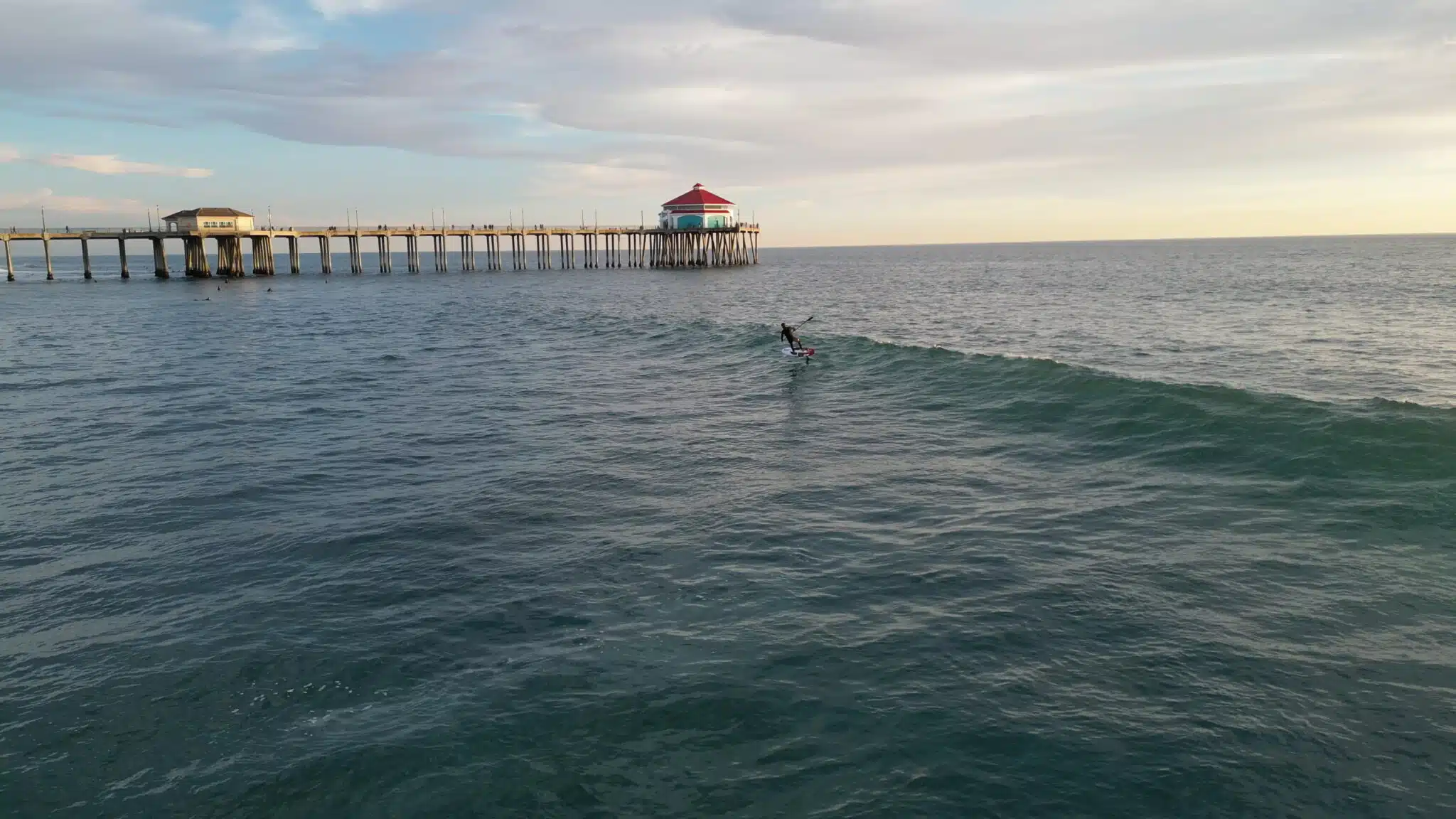
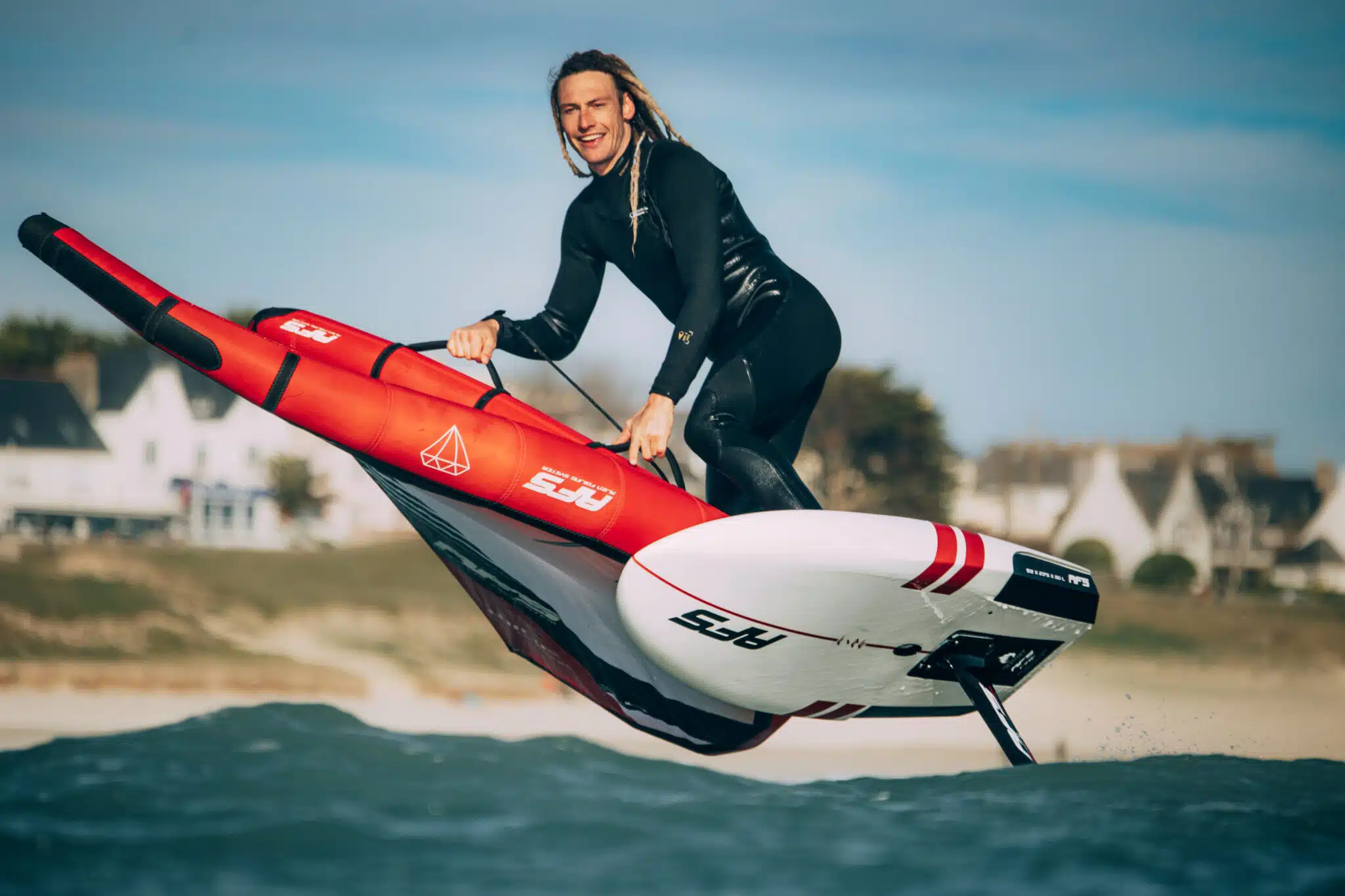

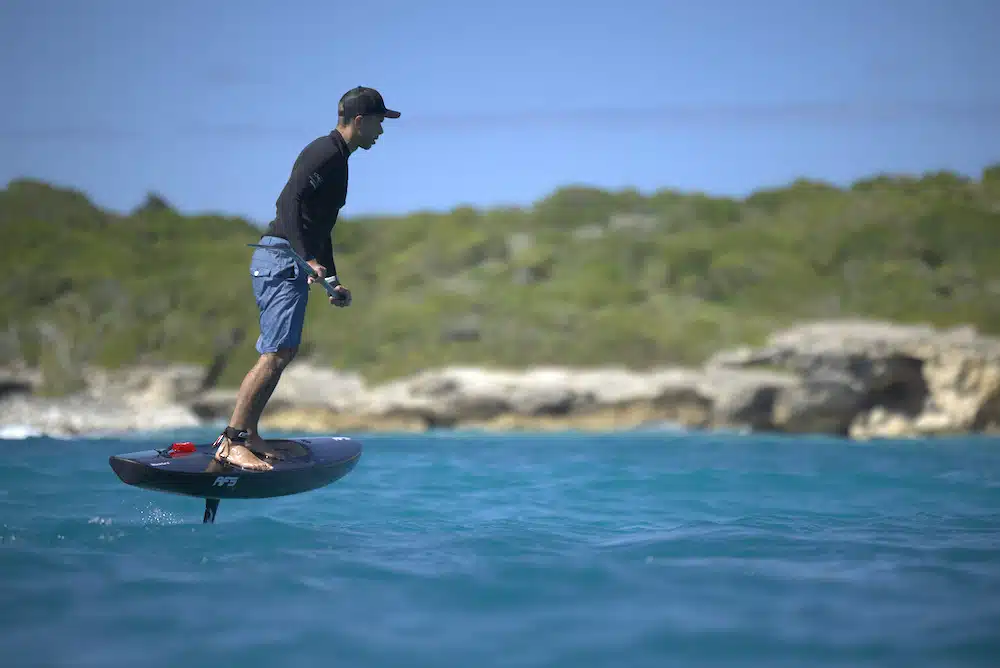
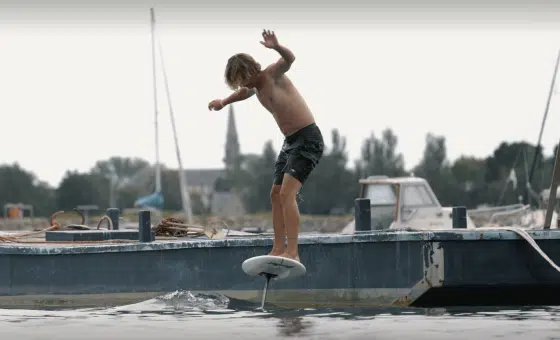
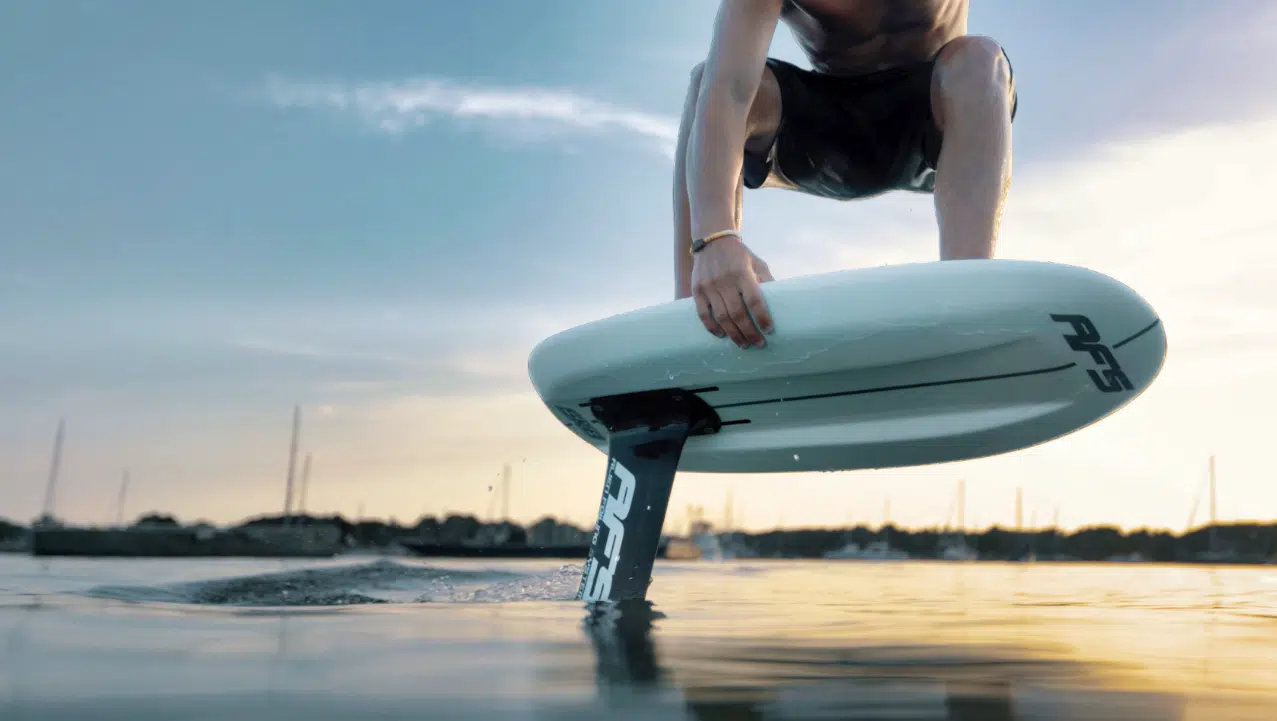
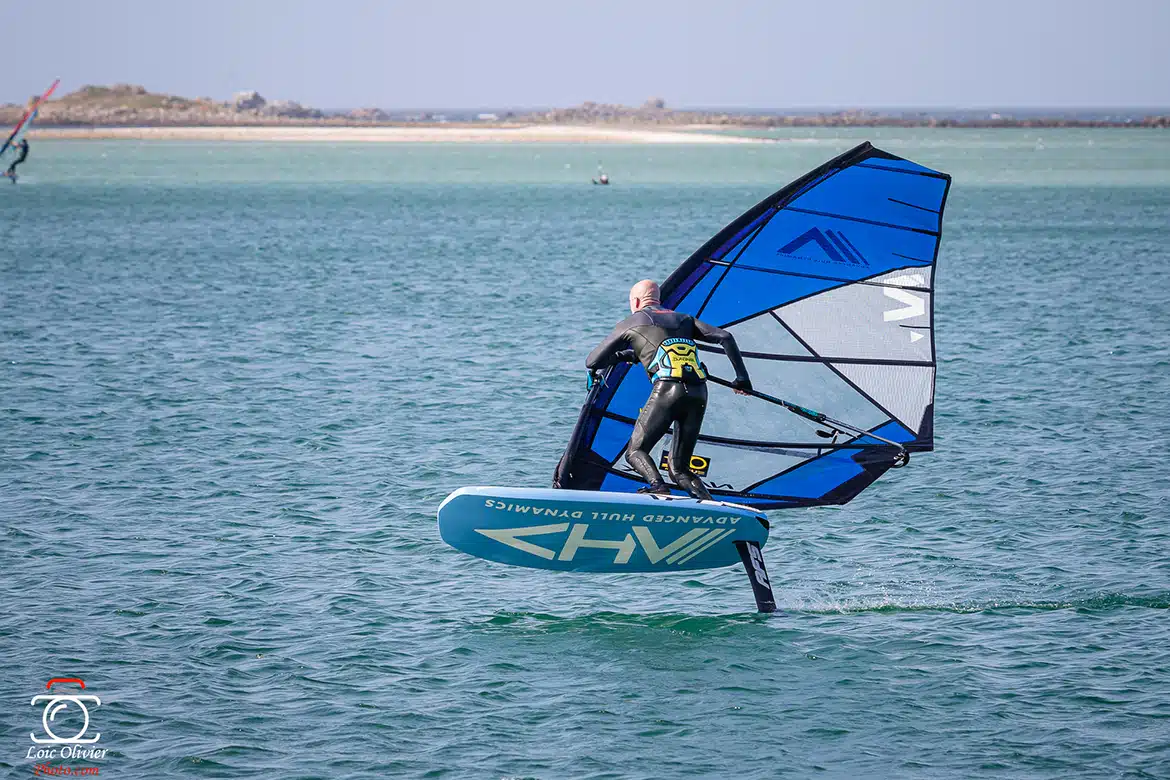
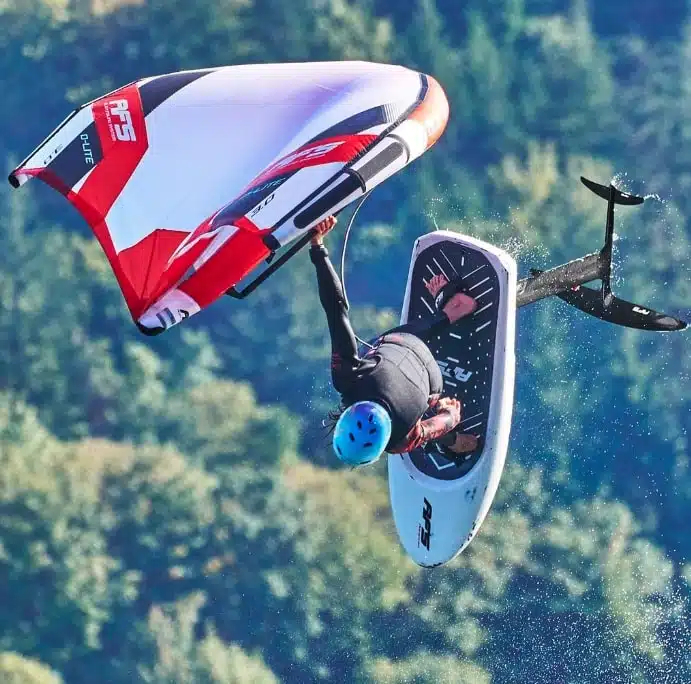
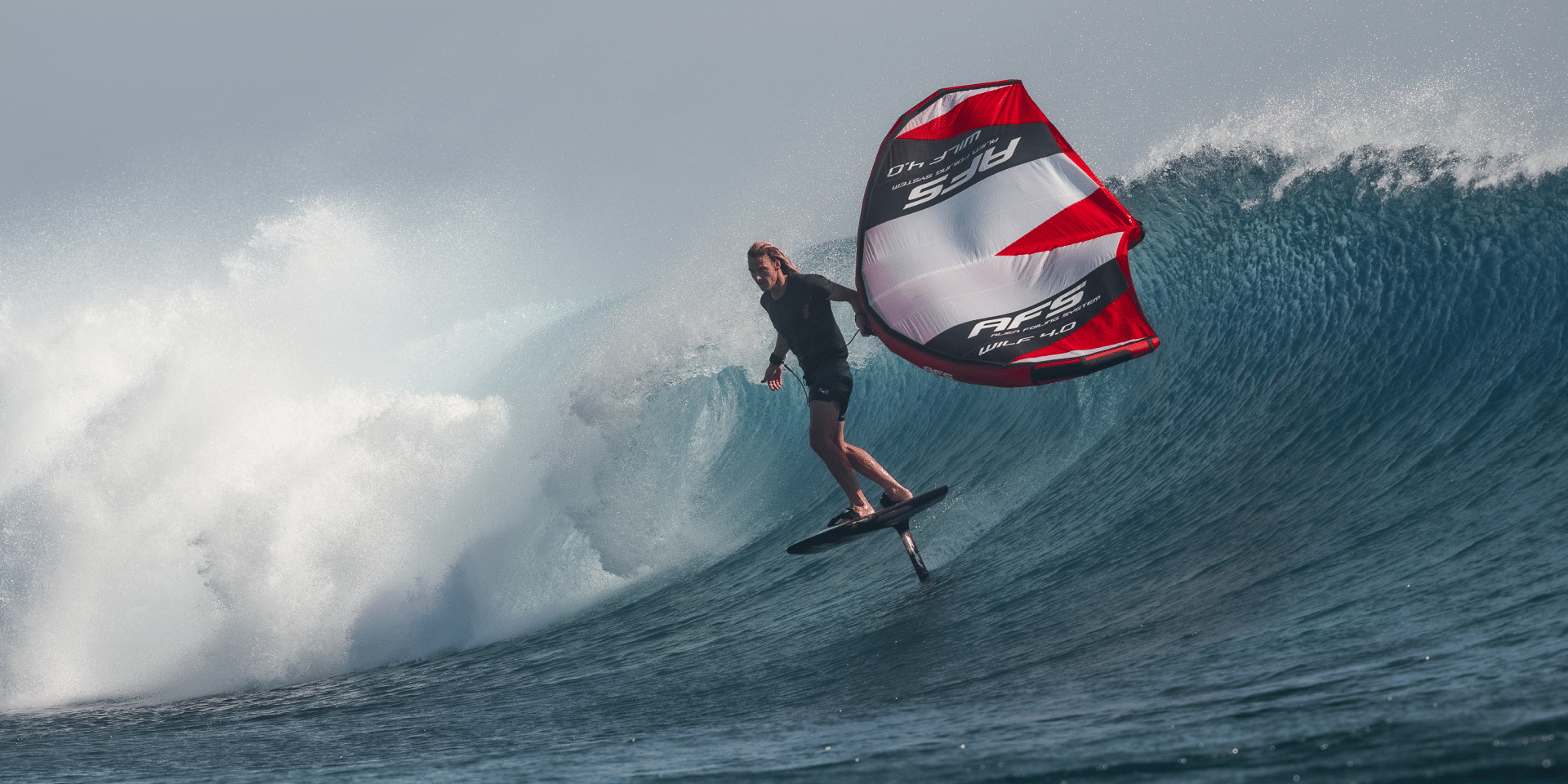
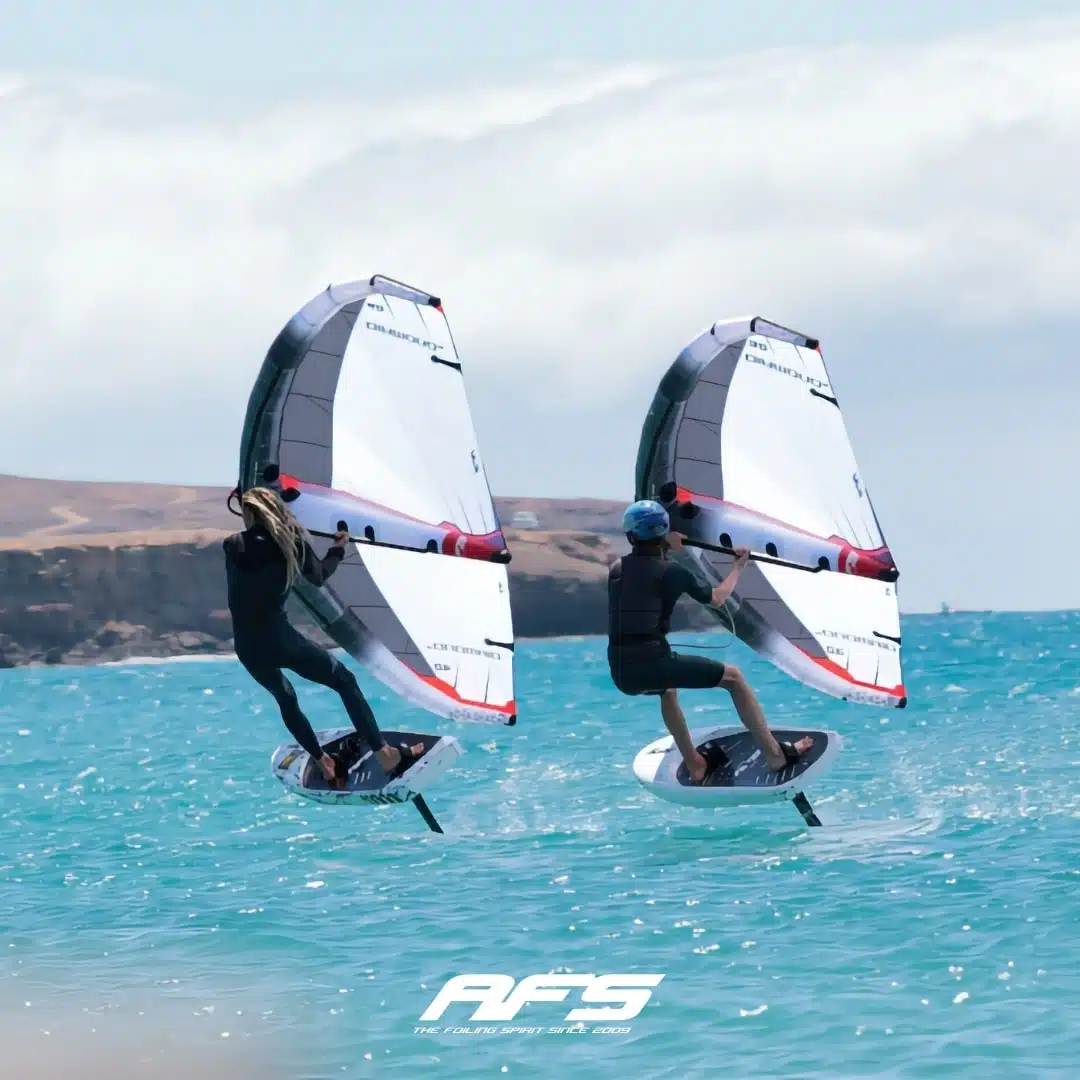
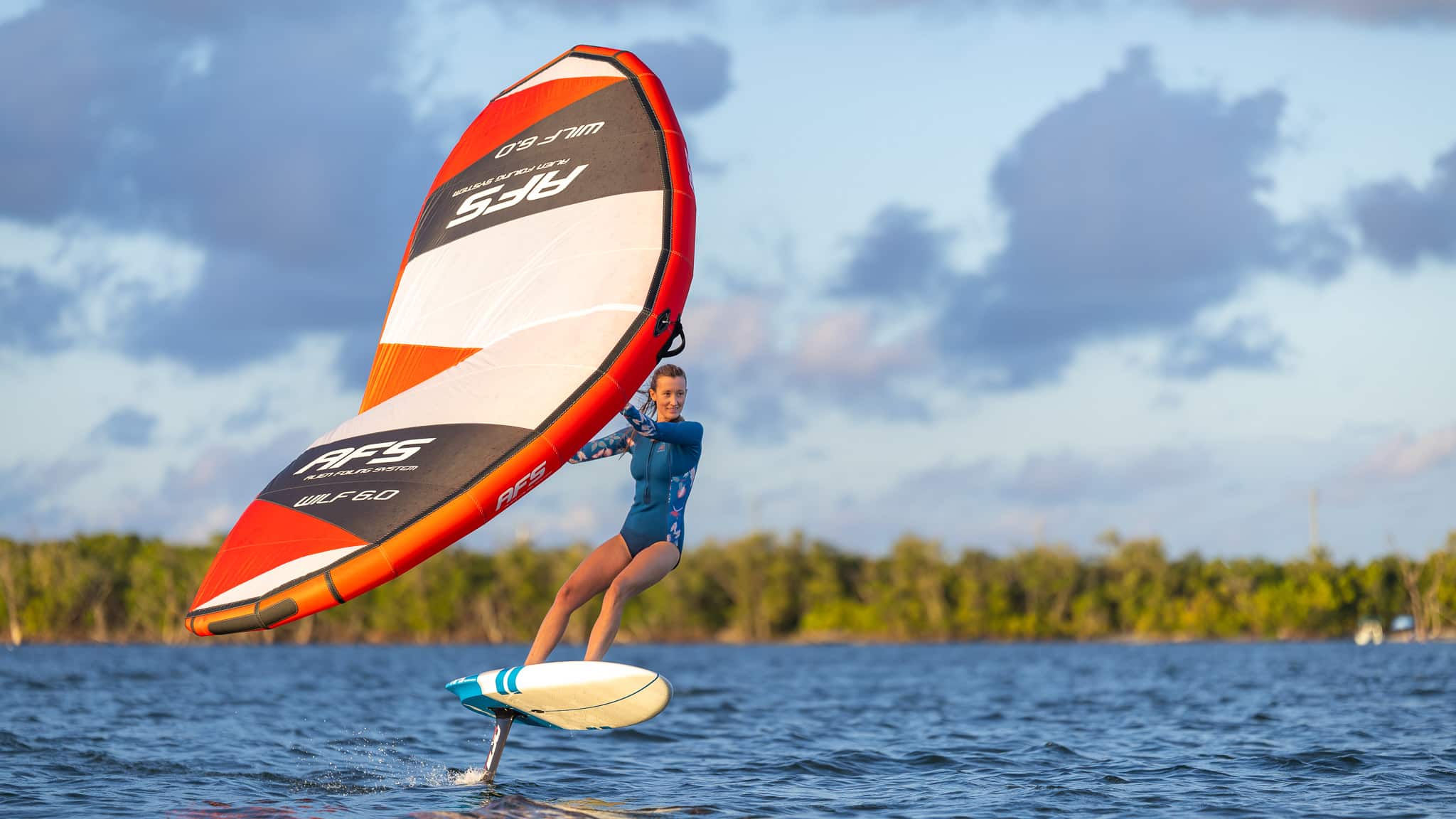

You will receive a product in excellent condition, with a few minor scratches from use.
Your product may have a few minor scratches or visual defects, but it's ready to take to the water again!
Despite deeper scratches or more pronounced visual defects, your product can take to the sea without hesitation: at this price, it's a shame to miss out!